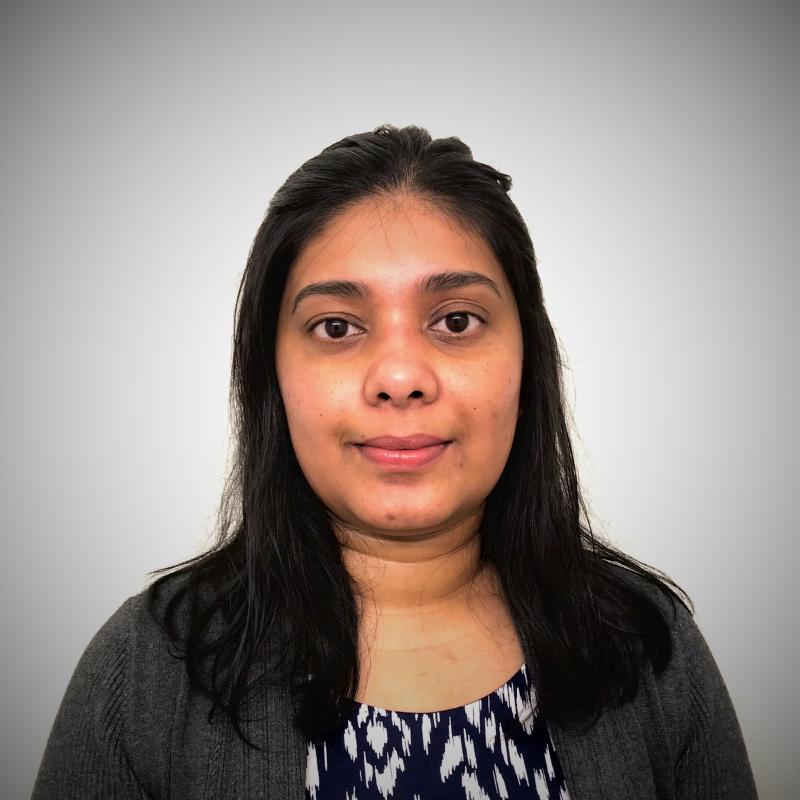Summary
The Earth is observed by many types of imaging technology with different spatial resolutions. From centimeter-scale imagery collected from UAVs, to airborne hyperspectral imagery at the meter-scale, to the 10’s of meter scale from satellite multispectral imaging systems, the diversity of data representing the Earth’s surface at different scales enables us to ask questions from the hyperlocal to continental and global scale. We combine these data to better understand the questions we can ask with the different remote sensing data sources, as well as processes and change occurring on the Earth in a variety of domains such as forest systems, the urban and built environment, and geomorphic processes.
The diversity of data representing the Earth’s surface at different scales enables us to ask questions from the hyperlocal to continental and global scale. We combine these data to better understand processes and change occurring on the Earth. To that end, Earth Lab utilizes centimeter-scale imagery collected from UAVs, airborne imagery at the meter-scale, data at the 10’s and 100’s of meter scale from satellite multispectral imaging systems.
With the great variety of remote sensing imagery available, understanding the trade-offs between pixel size, spectral bandwidth, and spectral resolution appropriate to the problem is important. Earth Lab has pursued comparative studies with well-calibrated airborne hyperspectral imagery to a similar UAV-based system, cubesat and Landsat multispectral imagery, as well as ongoing studies of spectral and spatial comparisons between UAV-based multispectral imagery and airborne hyperspectral imagery with broad-coverage, medium resolution imagery such as Landsat.
Project Team
Project Lead
Cibele Amaral
Cibele Amaral holds a D.Sc. degree in Geosciences from the University of São Paulo in Brazil.


